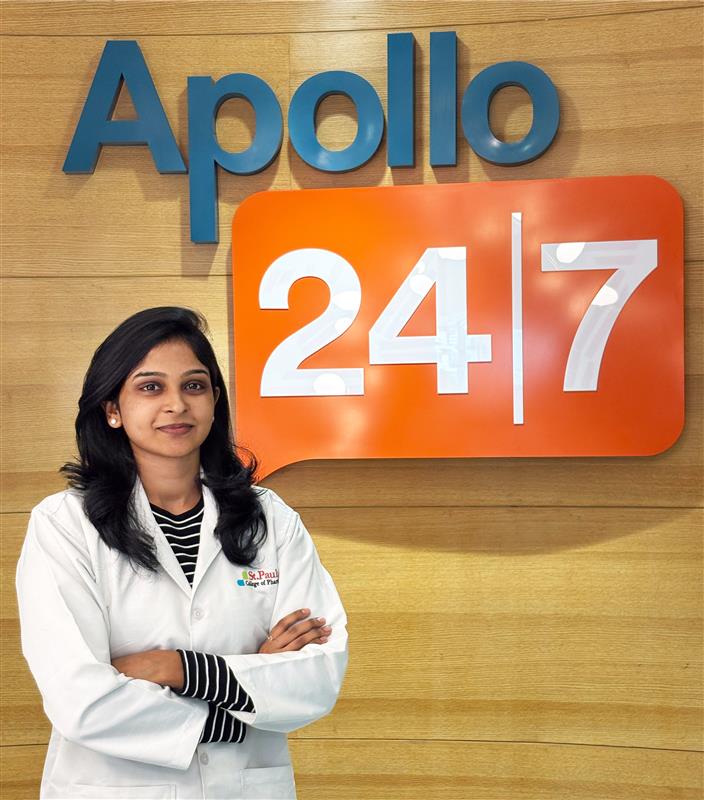Brite Cream 30 gm
₹182.3*
MRP ₹202.5
10% off
₹172.12*
MRP ₹202.5
15% CB
₹30.38 cashback(15%)
Free Delivery
With Circle membership
(Inclusive of all Taxes)
This offer price is valid on orders above ₹800. Apply coupon PHARMA10/PHARMA18 (excluding restricted items)
Know Your Delivery Time
Provide Delivery Location

Selected Pack Size:30 gm
20 gm ₹182.3
(₹9.12 / 1 gm)
In Stock
30 gm ₹199.8
(₹6.66 / 1 gm)
In Stock
Whats That

Secure Payment

India's Most Trusted Pharmacy

Genuine Products
Manufacturer/Marketer :
Consume Type :
Return Policy :
Expires on or after :
About Brite Cream
Brite Cream is a combination medicine used in the treatment of hyperpigmentation and melasma (a type of skin problem). Hyperpigmentation is a common condition in which patches of skin become darker than the normal surrounding skin. Melasma, also known as chloasma, is a common skin condition that causes brown patches on the face. It is more common in women than men. The discoloured (grey-brown) patches occur mostly on the forehead, chin, nose, and cheeks.
Brite Cream is a combination of three drugs: Hydroquinone (skin-lightening agent), Octinoxate, and Oxybenzone (organic compounds). Hydroquinone belongs to the class of skin-lightening agents that works by decreasing the amount of melanin (a skin pigment) responsible for the skin's darkening. Octinoxate and Oxybenzone work by absorbing sun UV (ultraviolet) rays and protecting the skin from sun damage.
Brite Cream is only for external use. Use Brite Cream as prescribed by your doctor. You are advised to use Brite Cream for as long as your doctor has prescribed it for you based on your medical condition. In some cases, you may experience redness, irritation, itching, burning, or stinging sensation of the skin. Most of these side effects of Brite Cream do not require medical attention and gradually resolve over time. However, if the side effects persist or worsen, please consult your doctor.
Please tell your doctor if you are allergic to Brite Cream or any other medicines. If you are pregnant, a nursing mother, or planning for pregnancy, it is advised to consult a doctor before using Brite Cream. Brite Cream is not recommended for children below 12 years of age unless prescribed by a doctor. Do not apply Brite Cream on open wounds, dry, sunburned, windburned, chapped, or irritated skin. Avoid sun exposure while using Brite Cream as it may make skin more sensitive to sunlight and cause sunburn. Wear protective clothing and use sunscreen while going out to protect your skin from sunburn.
Uses of Brite Cream
Medicinal Benefits
Brite Cream contains Hydroquinone, Octinoxate and Oxybenzone used in the treatment of hyperpigmentation. Hydroquinone belongs to the skin-lightening agents that decrease the amount of melanin (a skin pigment) responsible for the skin's darkening. Octinoxate and Oxybenzone absorb UV (ultraviolet) rays from the sun and protects the skin from sun damage. Together, Brite Cream lightens dark spots on the skin and protects from the harmful effects of UV rays.
Side Effects of Brite Cream
- Redness
- Irritation
- Itching
- Burning or stinging sensation of skin
Directions for Use
Storage
Drug Warnings
Please tell your doctor if you are allergic to Brite Cream or any other medicines. If you are pregnant, a nursing mother, or planning for pregnancy, it is advised to consult a doctor before using Brite Cream. Brite Cream is not recommended for children below 12 years of age unless prescribed by a doctor. Do not apply Brite Cream on open wounds, dry, sunburned, windburned, chapped, or irritated skin. Avoid sun exposure while using Brite Cream as it may make skin more sensitive to sunlight and cause sunburn. Wear protective clothing and use sunscreen while going out to protect your skin from sunburn. Do not apply Brite Cream in large amounts or use it for a prolonged time than prescribed as it does not give quick or better results but causes adverse effects.
Therapeutic Class
Diet & Lifestyle Advise
- Avoid sun exposure while using Brite Cream as it may make skin more sensitive to sunlight and cause sunburn. Wear protective clothing and use sunscreen while going out to protect your skin from sunburn.
- Regular exercise can improve your mood and self-esteem though it doesn’t clear spots. Take a shower immediately after finishing the exercise.
- Wear a wide-brimmed hat to protect your face from sun exposure.
- Avoid using skin products that cause irritation, such as skin cleansers or shampoos, harsh soaps, hair removers or waxes, hair colours or permanent chemicals, and skin products with astringents, lime, spices or alcohol.
Habit Forming
How Brite Cream Works
What if I have taken an overdose of Brite Cream
Alcohol
Caution
The interaction of alcohol with Brite Cream is unknown. However, please consult your doctor if you have any concerns.
Pregnancy
Caution
Please consult a doctor if you are pregnant. Brite Cream is given to a pregnant woman only if the doctor thinks the benefits outweigh the risks.
Breast Feeding
Caution
It is unknown whether Brite Cream is excreted in human milk. Please consult a doctor before using Brite Cream while breastfeeding.
Driving
Safe if prescribed
Brite Cream usually does not affect your ability to drive or operate machinery.
Liver
Caution
If you have liver problems, please consult a doctor before using Brite Cream.
Kidney
Caution
If you have kidney problems, please consult a doctor before using Brite Cream.
Children
Caution
Brite Cream is not recommended for children below 12 years old unless a doctor advises.
Country of origin
Manufacturer/Marketer address
Author Details
We provide you with authentic, trustworthy and relevant information
FAQs
Disclaimer
Customers Also Bought










